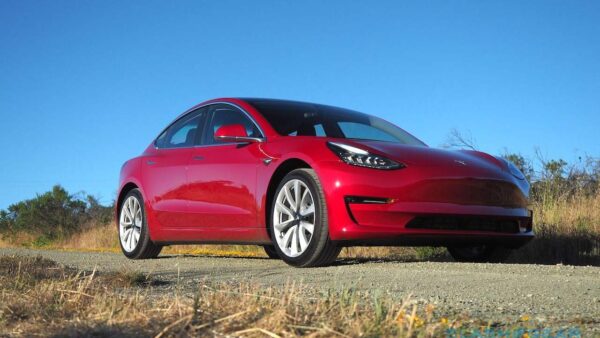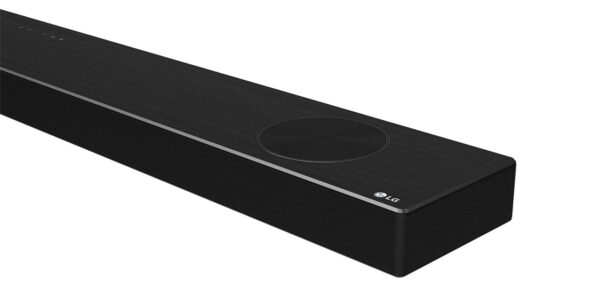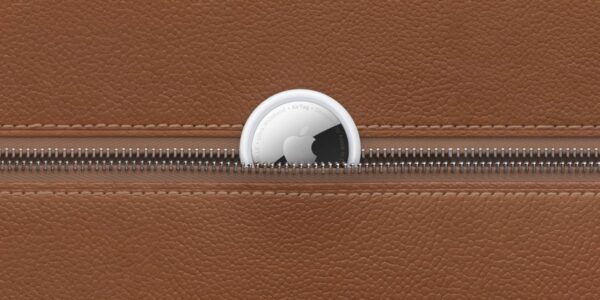It’s an idea of someone or something that looks at you sleeping is scary like hell – unless you are Bella Swan from dusk. But the latest efforts of Google in the health and wellness space are almost exactly enough. The new hub nest has an integrated radar sensor that detects movement in your bed to determine if you fell asleep, then follow the duration and quality of your sleep. It will also see if you cough or snore and monitor simultaneously how bright or hot it is in your room. It’s all in the name of helping you sleep better while avoiding the use of a real camera – an intentional design choice designed to soothe privacy concerns.
For $ 100, the hub nest is already a compelling intelligent display that is cheaper than the original, with sleep tracking being an extra bonus. But on the basis of my tests, I’m not sure I can count to improve my sleep habits.
Sleep tracking by radar
First, the configuration. You would think you can simply stick the nest hub on your bedside table to monitor your sleep, but it’s a bit more delicious than that. The display must be placed somewhere near your head at the same height as your mattress. If your bedside table is larger or shorter, you will need to make adjustments. I do not have a night table and the edge of the window that I count on the use was too high (I sleep on a pretty low platform bed). In addition, the hub nest must be at hand and in the face of your chest to detect your motion, the office I had on the other side of the room would not work either. I ended up using boxes and books to create a fortune podium for display.
Fortunately, looking for an appropriate point was the only Hiccup in a smooth configuration process. I connected the nest hub to my home network via the Home app and in a few steps, I was finished. I had to choose to sleep and agree to activate the microphone to detect sounds like snoring and coughing. Then I crossed a calibration process involved on the top of the leaves and stay still for 10 seconds.
Once I’ve been done, a small bed icon appeared at the top right of the screen to indicate that sleep detection was lit. There was nothing more to do but go to sleep and wait my results the next morning. Was it strange to know that my bed movements would be connected by the hub nest? Yes. Am I used to it with time? A little. Do rewards deserve discomfort? Kind of.
Every morning I looked with impatience the wellness panel of the hub nest to see how my night went. (You can also just ask the wizard “How did I sleep last night?”) Google’s reports focus on three aspects of your sleep: the duration, quality and timetable, which refers to the way You are stuck with a routine to go to bed and wake up at regular hours. These are displayed in the form of three circles that overlap almost as a Venn diagram – your goal is to get them to overlap perfectly and become one. The more your sleep is relaxing, and the more closely you are working on your schedule, the more your circles will probably merge.
Despite my occasional efforts to deceive the nest hub, it was generally able to recognize when I fell asleep. Even when I was on my side facing the screen for a while, it was not wrong to believe that I had been drifted. And although I’m always for periods of time, awake awake by my busy brain, the hub nest did not take this lack of movement to signify that I had died. For sleep tracking that relies on motion detection, this device is surprisingly accurate.
It is less effective when I want to be drafted and counted the minutes (sometimes hours), I have passed to rub the sleep of my eyes and dread the starting work like sleepy time. Only after I draggle out of bed, the hub nest said that I had really awake. Google said the display can also follow the day Naps of at least 20 minutes, although I have not been bold enough to sleep at work on behalf of the test test.












![Have you been encountering the [pii_email_2c5d108980d117c8ca52] error while trying to send or receive emails using your Outlook account, you’re not alone. It’s a standard Outlook error that sometimes gets triggered thanks to network connectivity issues. However, several other factors also can cause you to run into the said error. The good news is that you simply can troubleshoot this error by yourself. during this guide, we are getting to mention various factors that cause the PII error and what methods you'll utilize to repair it. So, with none further ado, let’s start . What Causes the [pii_email_2c5d108980d117c8ca52] Error in MS Outlook In general, the error occurs when MS Outlook fails to determine a secure reference to the e-mail server. But, as we mentioned earlier, there are many other reasons which will trigger this error also . a number of these reasons include: Your device isn't connected to a lively Internet connection Your Outlook profile has been damaged thanks to external factors There are incorrect antivirus configurations on your PC FIles on your POP3 server are damaged How to Fix [pii_email_2c5d108980d117c8ca52] Error So, now that you simply know what triggers the [pii_email_2c5d108980d117c8ca52] error in Outlook, let’s take a glance at the solutions that’ll assist you fix it. Also examine the way to fix outlook [pii_email_316cb5e2e59f1ce78052] error Check Your Internet Connection Since a poor network connection is that the primary explanation for the error, start by checking your Internet connection. confirm that your device has active Internet connectivity. you'll try accessing other online services to ascertain if the web is functioning or not. Change Antivirus Configurations If you've got recently installed an Antivirus program on your PC, it'd be configured to automatically scan emails. If that’s the case, the Antivirus will restrict the Outlook app from functioning properly. So, confirm to vary the Antivirus Configurations by disabling the “Email Scanning” feature. Reinstall/Update Outlook Reinstalling or updating Outlook to the newest version is yet one more effective thanks to fix the [pii_email_2c5d108980d117c8ca52] error. When you’ll reinstall the app, all the damaged temporary files are going to be deleted and therefore the root of the matter are going to be eliminated also . Clear Unnecessary Emails from Outlook Folder If your primary inbox has too many unnecessary emails, they’ll cause bandwidth issues. this is often the rationale it’s always advised to clear the unnecessary emails from your Outlook folders. While you’re at it, confirm to clear the Trash also . this may help your Outlook app to deliver optimal performance. Conclusion So, if you’ve been encountering the [pii_email_2c5d108980d117c8ca52] error for a short time now, the above-mentioned will assist you fix the matter . Follow these tricks and access your Outlook account with none hassle.](https://tomtomworks.com/wp-content/uploads/2021/09/How-to-fix-outlook-pii_email_2c5d108980d117c8ca52-er-200x200.webp)

![How To Fix [pii_email_71e6bcfa8a2bee2aa151] Erro](https://tomtomworks.com/wp-content/uploads/2021/09/How-To-Fix-pii_email_71e6bcfa8a2bee2aa151-Erro-200x200.jpg)



